Deep beneath the Chehrabad salt mines in Zanjan Province, Iran, an extraordinary discovery was made in 1993 that continues to intrigue historians, archaeologists, and visitors alike. Known as the Salt Man, this naturally mummified individual, preserved for over 1,700 years, provides a fascinating glimpse into ancient life and death. Along with his remains, a treasure trove of artifacts and additional mummies unearthed at the site have woven a captivating tale of history, culture, and mystery.
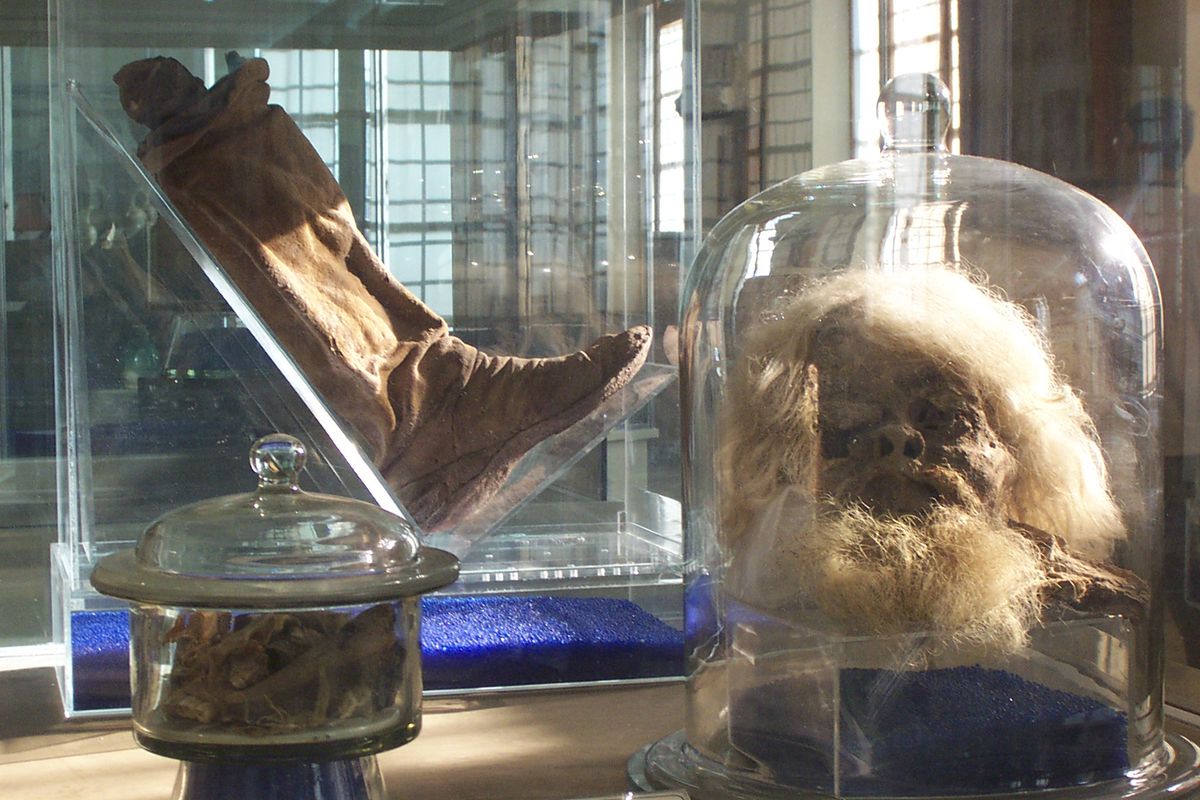
The Discovery and Artifacts
The Salt Man was found encased in the salt-rich environment of Chehrabad, his remains remarkably intact. Alongside his body were several personal items that paint a vivid picture of his life. These included:
- A leather-encased foreleg, suggesting durable footwear suitable for a miner or traveler.
- Three iron knives, which may have been tools of his trade or personal possessions.
- A woolen half-trouser and intricately designed textile fragments, showcasing advanced weaving techniques of the era.
- A silver needle and a leather rope, indicating the variety of items carried for utility and craft.
- A grindstone, pottery shards, and even a walnut, hinting at his daily life and dietary habits.
These artifacts not only reflect his lifestyle but also offer valuable insights into the craftsmanship and materials used during his time.
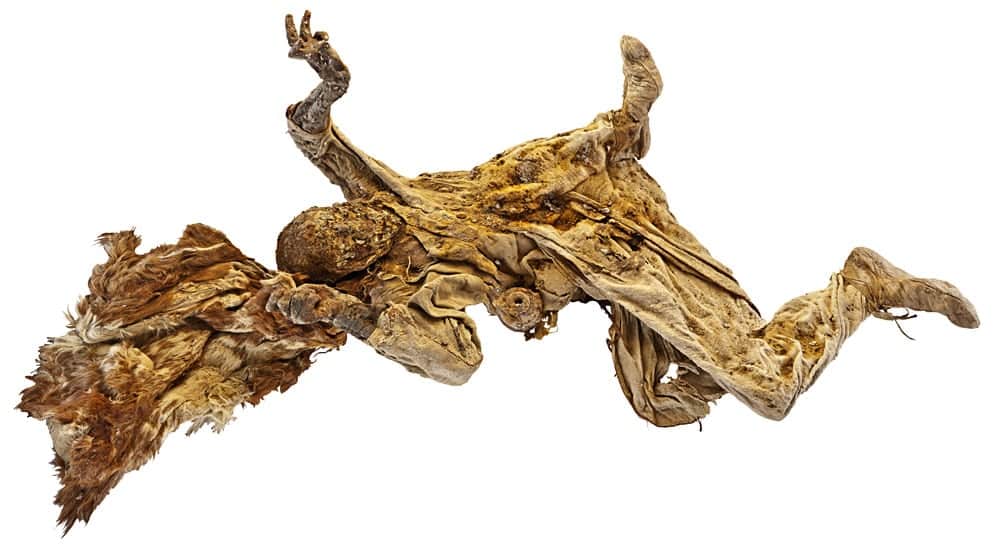
A Man of High Status?
The Salt Man’s appearance is as striking as his artifacts. His long hair and beard were preserved in astonishing detail, while a golden earring found in his left ear suggests he may have held a position of high social status. This adornment, often associated with wealth or prestige, raises questions about his role in society and whether his presence in the salt mine was by choice or necessity.
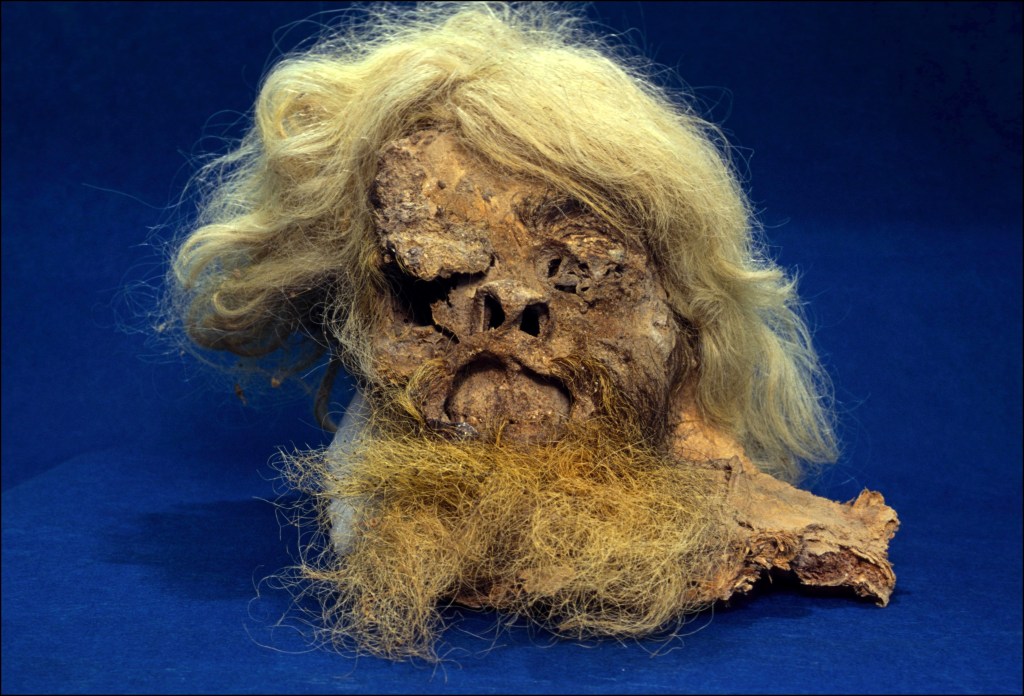
Scientific Insights: Sassanid and Achaemenid Connections
Subsequent excavations uncovered five additional mummies in the Chehrabad mines, including the remains of a woman. Radiocarbon dating revealed that while the first two Salt Men belonged to the Sassanid era (224–651 AD), the others dated back even further to the Achaemenid period (550–330 BC). This remarkable timeline spans centuries, suggesting the mine had been in use for a long time and possibly served as a vital resource for these ancient civilizations.
The Salt Man, dated to around 1,700 years ago, underwent hair analysis that revealed his B+ blood type—a rare discovery that highlights the exceptional preservation capabilities of the mine.
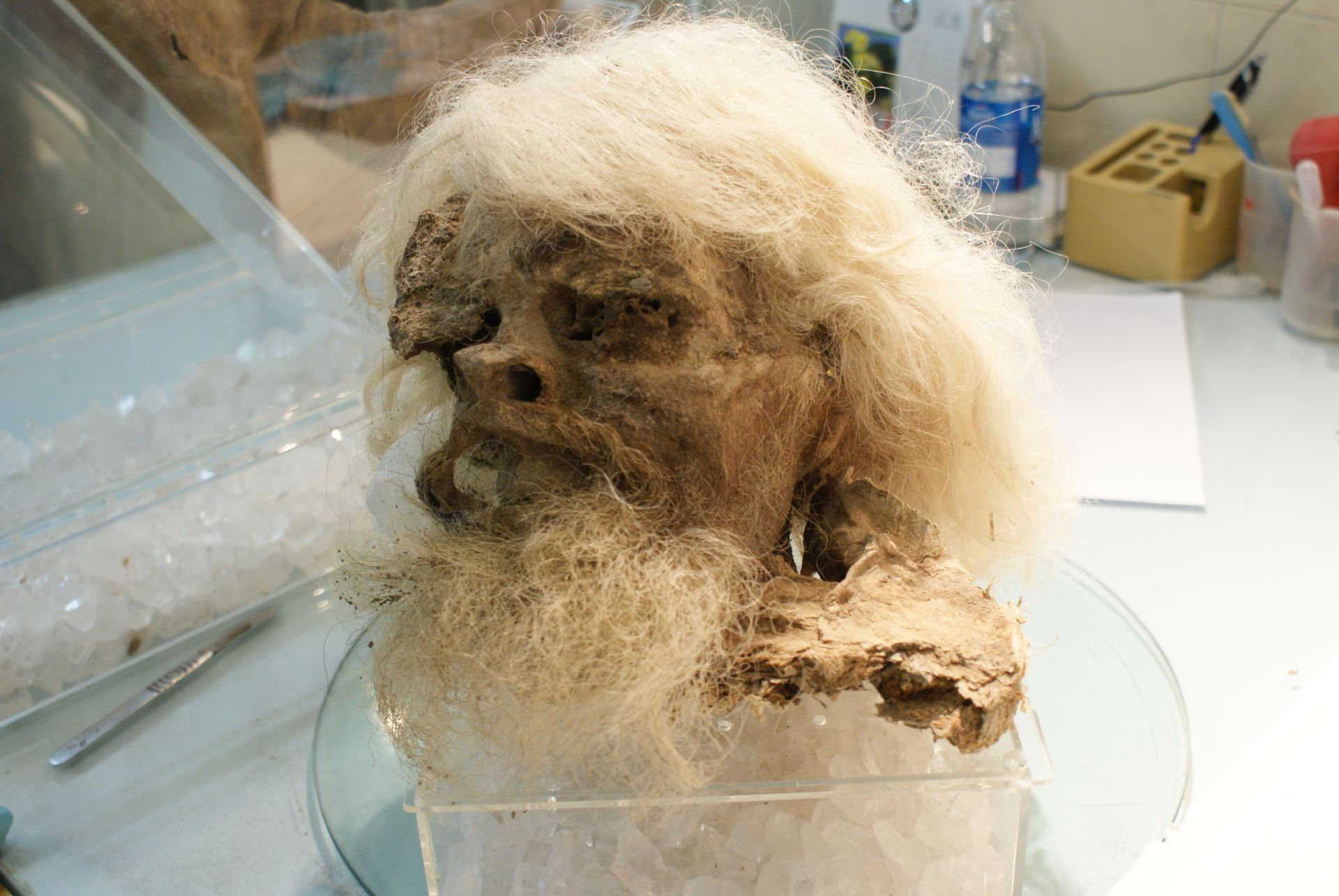
Theories Behind the Preservation
Unlike intentional mummification practices in ancient Egypt, the preservation of the Salt Man and others was purely accidental, caused by the unique conditions of the salt-rich mine. Salt acted as a natural desiccant, effectively halting the decomposition process. The discovery of multiple bodies raises intriguing questions:
- Were these individuals miners who met tragic ends during their work?
- Could they have been deliberately buried here, with salt symbolizing purification or preservation for the afterlife?
The Salt Man’s positioning and artifacts suggest he may have died in an accident, but the full story remains shrouded in mystery.
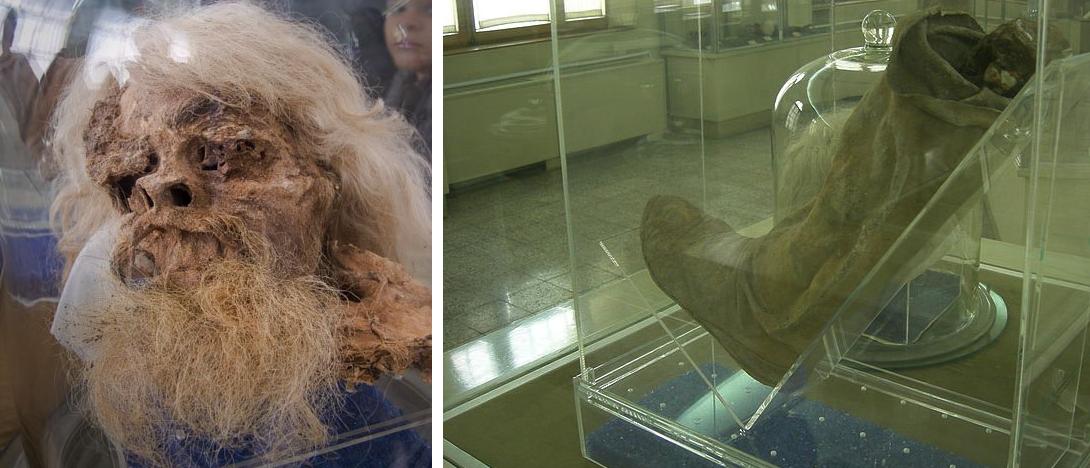
A Legacy Preserved in Tehran
Today, the Salt Man’s remains and artifacts are displayed at the Ancient Iran Museum in Tehran, where they continue to captivate visitors. His presence in the museum serves as a poignant reminder of the lives lived centuries ago, frozen in time by the serendipity of natural preservation.
Why Does the Salt Man Matter?
The Salt Man offers more than just a glimpse into the past. He represents a bridge to ancient civilizations, connecting us with the everyday lives, struggles, and cultural nuances of people who lived millennia ago. His discovery and subsequent studies challenge us to think about how environmental conditions can preserve history and how much more the earth might still hold beneath its surface.
The Salt Man also underscores the importance of preserving archaeological sites. As mines, forests, and lands are explored and exploited, there remains a critical need for careful excavation and documentation to protect such invaluable links to the past.
Final Thoughts
The story of the Salt Man is not just about one individual. It is a tale of resilience, culture, and the intersection of human life with nature’s unforgiving forces. From his finely crafted tools to the salt that preserved him, every detail tells a story of a world long gone yet still profoundly human.
Visiting the Ancient Iran Museum in Tehran or reading about this extraordinary find reminds us that history is not just in books; it is underfoot, waiting to be rediscovered and shared.

